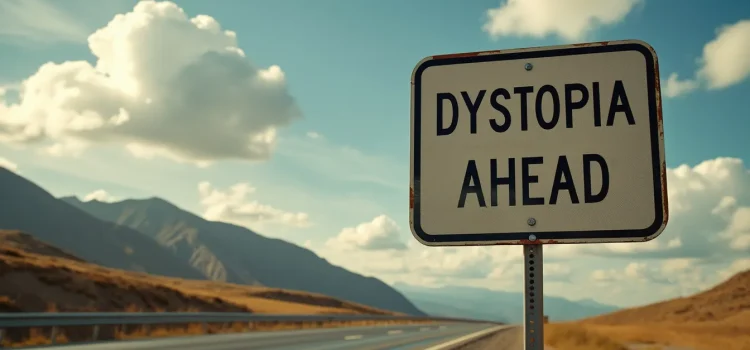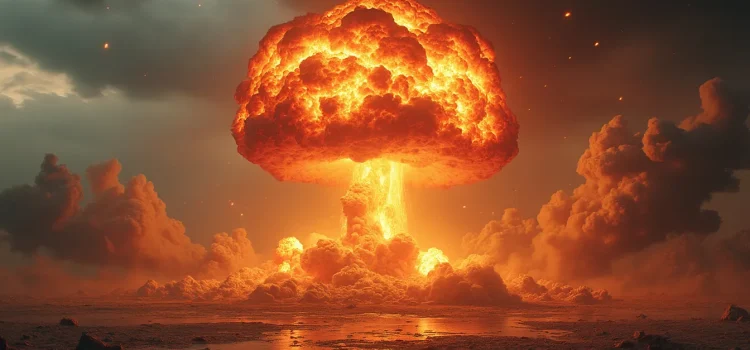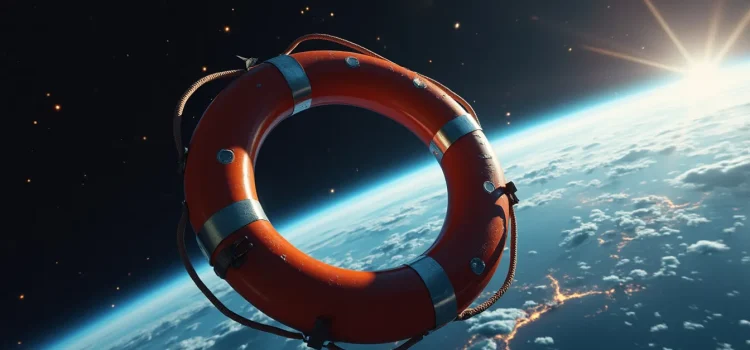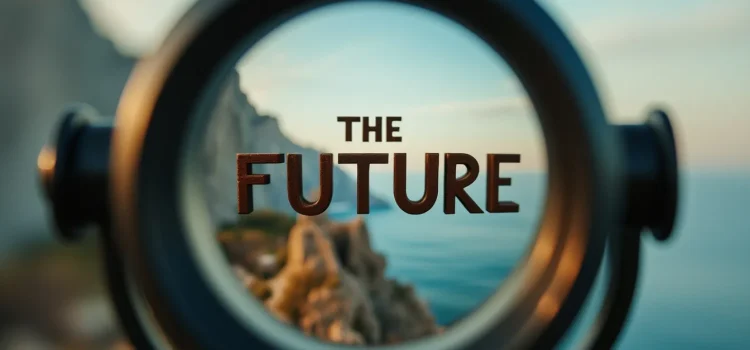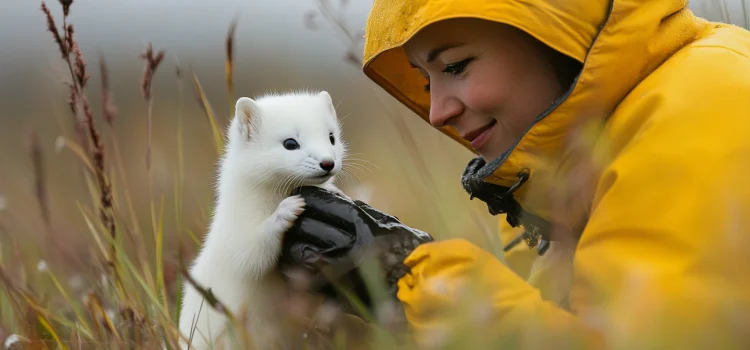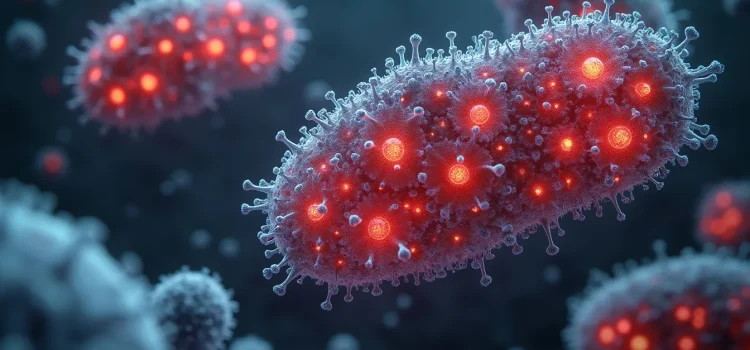Is your brain functioning differently than usual? How can you tell if it’s a mental illness or just a temporary change? Psychiatrist Christopher M. Palmer admits that diagnosing mental illness is a complex process. It involves understanding brain function, recognizing symptoms, and considering various factors that affect mental health. Experts use different methods to identify and classify mental disorders. Read on to explore the challenges of diagnosing mental illness and the promising new approaches that could make it easier in the future.
Why Diagnosing Mental Illness Is Hard: A Psychiatrist Explains



